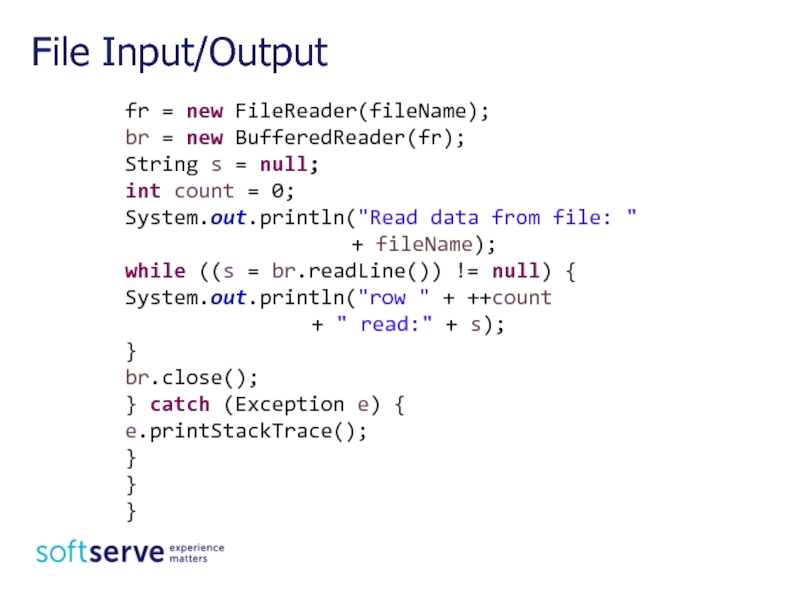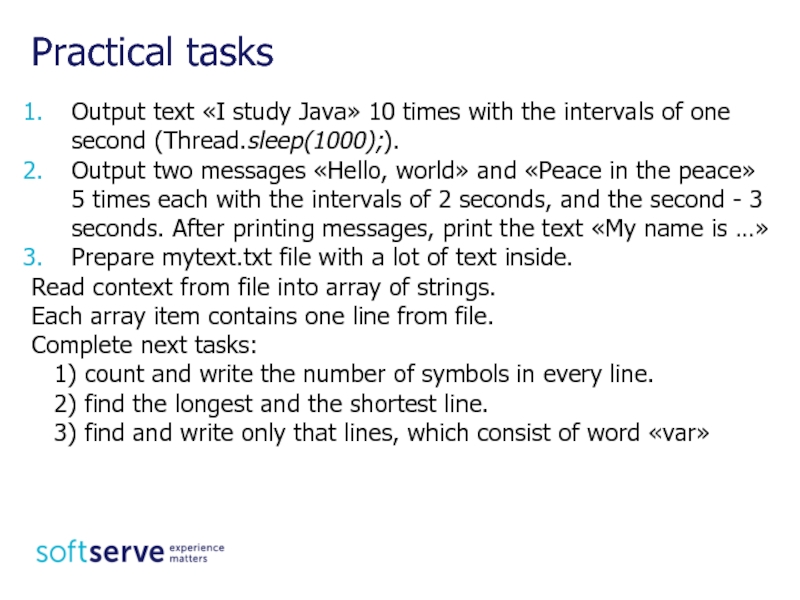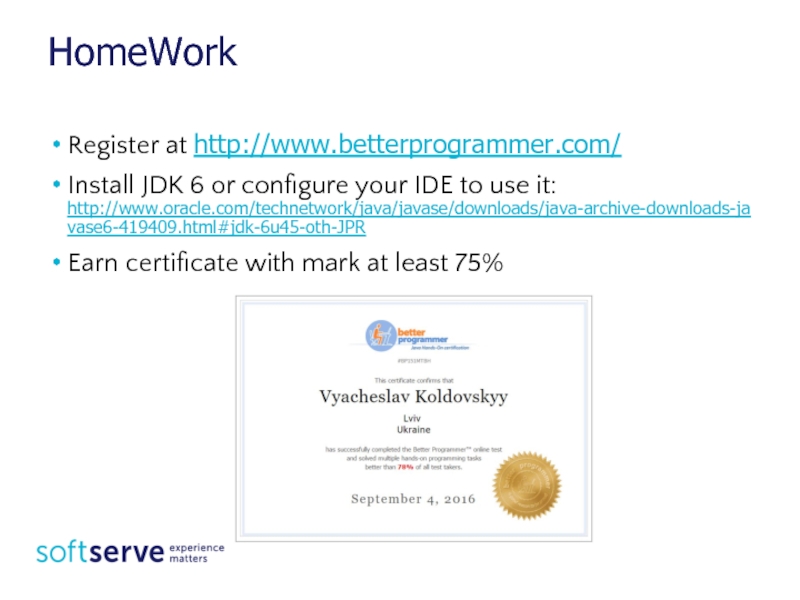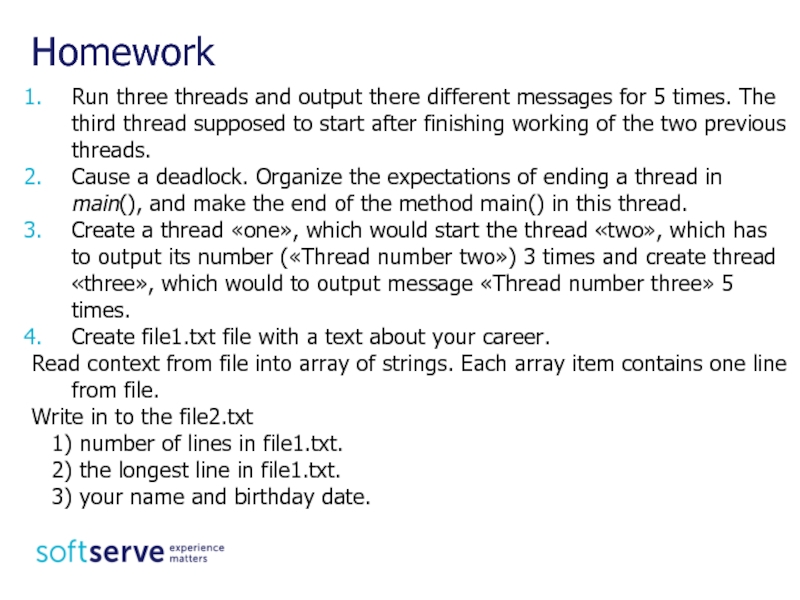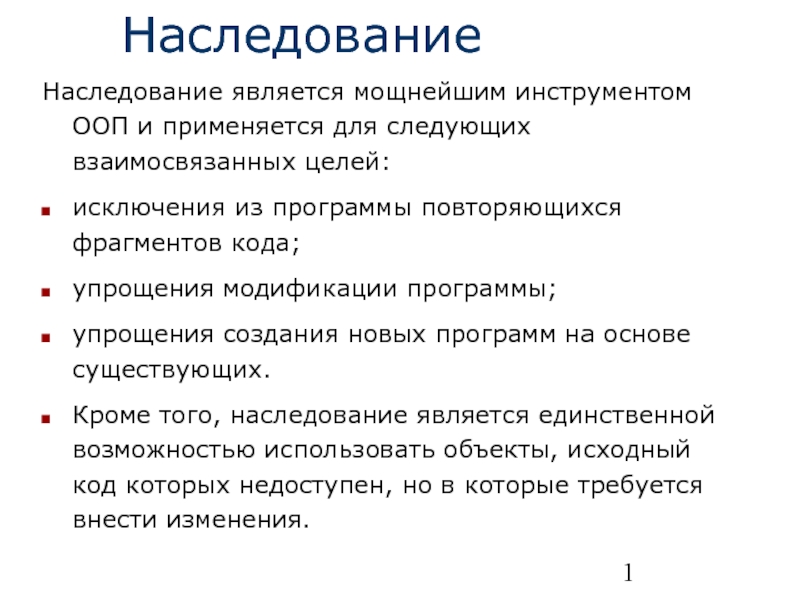- Главная
- Разное
- Дизайн
- Бизнес и предпринимательство
- Аналитика
- Образование
- Развлечения
- Красота и здоровье
- Финансы
- Государство
- Путешествия
- Спорт
- Недвижимость
- Армия
- Графика
- Культурология
- Еда и кулинария
- Лингвистика
- Английский язык
- Астрономия
- Алгебра
- Биология
- География
- Детские презентации
- Информатика
- История
- Литература
- Маркетинг
- Математика
- Медицина
- Менеджмент
- Музыка
- МХК
- Немецкий язык
- ОБЖ
- Обществознание
- Окружающий мир
- Педагогика
- Русский язык
- Технология
- Физика
- Философия
- Химия
- Шаблоны, картинки для презентаций
- Экология
- Экономика
- Юриспруденция
Multithreading IO Streams Java Core презентация
Содержание
- 1. Multithreading IO Streams Java Core
- 2. Agenda Processes and Threads Threads in Java
- 3. What exactly is a concurrent ? A
- 4. Process is a set of threads within
- 5. How to create new Thread ?
- 6. Java Threads
- 7. Java Virtual Machines support multithreading. Thread of
- 8. To start a thread, you must create
- 9. Since Java does not use multiple inheritance,
- 10. Thread life cycle = new
- 11. State cycle
- 12. How to control threads ???
- 13. public class MyThread extends Thread {
- 14. Threads in Java public class Example {
- 15. Also we can change the procedure to
- 16. Example public class Run2 implements Runnable {
- 17. public class Appl { public
- 18. Synchronization in Java
- 19. The keyword synchronized can be applied in
- 20. Synchronized public class Run1 implements Runnable {
- 21. When working with locks the possible appearance
- 22. Thread t2 = new Thread() {
- 23. wait() notify() notifyAll() Communication
- 24. Thread summary
- 25. Daemon Threads Service Providers Garbage Collector
- 26. Typical threads work: Goal to block (wait)
- 27. Data streams IO API (Input & Output)
- 28. Some classes of Java IO API InputStream
- 29. Some classes of Java IO API There
- 30. public static void main(String[] args) {
- 31. import java.io.*; public class TestFile { public
- 32. import java.io.*; public class TestFileOutput { public
- 33. import java.io.*; public class Test2 { public
- 34. outFile = new FileOutputStream("file4.txt"); int readedByte =
- 35. Reading from external devices – almost always
- 36. public static void main(String[] args) { String
- 37. fr = new FileReader(fileName); br = new
- 38. Practical tasks Output text «I study Java»
- 39. HomeWork Register at http://www.betterprogrammer.com/ Install JDK
- 40. Homework Run three threads and output there
Слайд 2Agenda
Processes and Threads
Threads in Java
Java Input and Output Streams
File Input/Output streams
Practical
Слайд 3What exactly is a concurrent ?
A system is concurrent if it
Windows 7
Modern OS like Unix or Windows support multiple processes (“multitasking”)
Skype, Word,
Browser
A process can have many threads
share data
Influence each other
Java threads are managed by JVM
Each program starts with at list one thread (“main”)
main
Слайд 4Process is a set of threads within process’ address space
Each thread
The context reflects the state of the thread's CPU registers when the thread last executed.
Processes and Threads
Слайд 7Java Virtual Machines support multithreading.
Thread of execution in Java is an
public class MyThread extends Thread {
public void run( ) {
// a long operation, calculation
long sum = 0;
for (int i = 0; i < 1000; i++) {
sum += i;
}
System.out.println(sum);
}
}
Threads in Java
Слайд 8To start a thread, you must create an instance of a
MyThread t = new MyThread( );
t.start( );
public class MyThread extends Thread {
public void run( ) {
// …
}
}
Threads in Java
Слайд 9Since Java does not use multiple inheritance, the requirement to inherit
Sufficiently to implement an interface Runnable, which declared the method void run()
Threads in Java
public class MyRunnable implements Runnable {
public void run( ) {
long sum = 0;
for (int i = 0; i < 1000; i++) sum += i;
System.out.println(sum);
}
}
Runnable r = new MyRunnable( );
Thread t = new Thread(r);
t.start( );
Слайд 13public class MyThread extends Thread {
private int number;
public MyThread(int number, int pause) {
this.number = number;
this.pause = pause;
}
@Override
public void run() {
for (int i = 0; i < 5; i++) {
try { sleep(pause);
} catch (InterruptedException e) {}
System.out.println("Thread " + number);
}
} }
Threads in Java
Слайд 14Threads in Java
public class Example {
public static void main(String[]
Thread t1 = new MyThread(1, 100);
Thread t2 = new MyThread(2, 250);
t1.start();
t2.start();
// t1.join();
// t2.join();
System.out.println("Thread main");
}
}
Слайд 15Also we can change the procedure to start the stream.
Thread
Threads in Java
for (int i = 0; i < t.length; i++) {
t[i] = new Thread(new MyRunnable( ), "Thread " + i);
// priority = 1, 4, 7
t[i].setPriority(Thread.MIN_PRIORITY
+ (Thread.MAX_PRIORITY - Thread.MIN_PRIORITY)
/ t.length * i);
t[i].start( );
}
Thread.MAX_PRIORITY = 10 Thread.MIN_PRIORITY = 1
Thread.NORM_PRIORITY = 5
Слайд 16Example
public class Run2 implements Runnable {
@Override
public void
for (int i = 0; i < 10000; i++) Appl.sum++;
}
}
public class Run1 implements Runnable {
@Override
public void run() {
for (int i = 0; i < 10000; i++) Appl.sum--;
}
}
Слайд 17public class Appl {
public static int sum = 0;
Runnable r1 = new Run1( );
Thread t1 = new Thread(r1);
Runnable r2 = new Run2( );
Thread t2 = new Thread(r2);
t1.start( );
t2.start( );
Thread.yield( );
System.out.println("Success, sum = " + sum);
}
}
Example
no synchronization
Слайд 19The keyword synchronized can be applied in two variants – to
If another thread has already installed a lock on object, the execution of the first stream is suspended. After this block it’s executed.
Synchronized
public synchronized void myMethod() { … }
or
public void myMethod() {
//some code
synchronized(this) { //some code }
}
Слайд 20Synchronized
public class Run1 implements Runnable {
@Override
public void
for (int i = 0; i < 10000; i++) {
synchronized(Appl.class) {
Appl.sum--;
}
}
}
}
Слайд 21When working with locks the possible appearance of deadlock should always
public class DeadlockDemo {
public final static Object first = new Object();
public final static Object second = new Object();
public static void main(String s[]) {
Thread t1 = new Thread() {
public void run() {
synchronized (first) {
Thread.yield();
synchronized (second) {
System.out.println("Success!");
} } } };
Deadlock
Слайд 22Thread t2 = new Thread() {
public void run() {
Thread.yield();
synchronized (first) {
System.out.println("Success!");
}
}
}
};
t1.start();
t2.start();
}
}
Threads in Java
Слайд 23wait() notify() notifyAll()
Communication between threads
Relative to an Object
Example
void todo() {
synchronized(object){
try{
object.wait();
} catch(InterruptedException e) {
System.out.println("Interupted");
}
object.notify();
object.notifyAll();
}
Слайд 25Daemon Threads
Service Providers
Garbage Collector
(finalize() call may never happen)
System kills all
when exits
VM still “on the air”
until last Thread dies
Слайд 27Data streams
IO API (Input & Output) — Java API, designed for
There are defined input and output streams in java.io (InputStream and OutputStream)
Resource or Destination:
Console
File
Buffer etc.
Слайд 28Some classes of Java IO API
InputStream / OutputStream
Reader / Writer
InputStreamReader / OutputStreamWriter
FileInputStream / FileOutputStream
FileReader
BufferedInputStream / BufferedOutputStream
BufferedReader / BufferedWriter
Слайд 29Some classes of Java IO API
There are two abstract classes which
InputStream (represents input streams)
OutputStream (represents output streams)
To work with the streams of characters there are defined abstract classes:
Reader (for reading streams of characters)
Writer (for recording streams of symbols).
There are a bridge from byte streams to character streams
InputStreamReader reads bytes and decodes them into characters using a specified charset
OutputStreamWriter writes characters to it are encoded into bytes using a specified charset
Слайд 30public static void main(String[] args) {
BufferedReader br = new BufferedReader(
new
int x = 0;
System.out.print("Input number");
try {
x = Integer.parseInt(br.readLine());
} catch (NumberFormatException | IOException e) {
System.out.println("I/O Error.");
}
System.out.println("Number is " + x);
}
Java Input and Output Stream
Слайд 31import java.io.*;
public class TestFile {
public static void main(String[] args) {
byte[] w
String fileName = "test.txt";
FileOutputStream outFile;
try {
outFile = new FileOutputStream(fileName);
System.out.println("Output file was opened.");
outFile.write(w);
System.out.println("Saved: " + w.length + " bytes.");
outFile.close();
System.out.println("Output stream was closed.");
} catch (IOException e) {
System.out.println("File Write Error: " + fileName);
}
} }
File Output
Слайд 32import java.io.*;
public class TestFileOutput {
public static void main(String[] args) {
byte[] r
String fileName = "test.txt";
FileInputStream inFile;
try {
inFile = new FileInputStream(fileName);
System.out.println("Input file was opened.");
int bytesAv = inFile.available(); // Bytes count
System.out.println("Bytes count: " + bytesAv + " Bytes");
int count = inFile.read(r, 0, bytesAv);
System.out.println("Was readed: " + count + " bytes.");
System.out.println(r[0] + " " + r[1] + " " + r[2]);
inFile.close();
System.out.println("Input stream was closed.");
} catch (IOException e) {
System.out.println("File Read/Write Error: " + fileName);
} } }
File Input
Слайд 33import java.io.*;
public class Test2 {
public static void main(String[] args) {
FileInputStream inFile1
FileInputStream inFile2 = null;
SequenceInputStream sequenceStream = null;
FileOutputStream outFile = null;
try {
inFile1 = new FileInputStream("file1.txt");
inFile2 = new FileInputStream("file2.txt");
sequenceStream =
new SequenceInputStream(inFile1, inFile2);
File Input/Output
Слайд 34outFile = new FileOutputStream("file4.txt");
int readedByte = sequenceStream.read();
while (readedByte != -1) {
outFile.write(readedByte);
readedByte
}
} catch (IOException e) {
System.out.println("IOException: " + e.toString());
} finally {
try {
sequenceStream.close();
outFile.close();
} catch (IOException e) { }
}
}
}
File Input/Output
Слайд 35Reading from external devices – almost always necessary for buffer to
FileReader and FileWriter classes inherited from InputStreamReader and OutputStreamWriter.
The InputStreamReader class is intended to wrap an InputStream, thereby turning the byte based input stream into a character based Reader.
File Input/Output
Слайд 36public static void main(String[] args) {
String fileName = "file.txt";
FileWriter fw =
BufferedWriter bw = null;
FileReader fr = null;
BufferedReader br = null;
String data = "Some data to be written and readed\n";
try {
fw = new FileWriter(fileName);
bw = new BufferedWriter(fw);
System.out.println("Write data to file: " + fileName);
for (int i = (int) (Math.random() * 10); --i >= 0;) {
bw.write(data);
}
bw.close();
File Input/Output
Слайд 37fr = new FileReader(fileName);
br = new BufferedReader(fr);
String s = null;
int count
System.out.println("Read data from file: "
+ fileName);
while ((s = br.readLine()) != null) {
System.out.println("row " + ++count
+ " read:" + s);
}
br.close();
} catch (Exception e) {
e.printStackTrace();
}
}
}
File Input/Output
Слайд 38Practical tasks
Output text «I study Java» 10 times with the intervals
Output two messages «Hello, world» and «Peace in the peace» 5 times each with the intervals of 2 seconds, and the second - 3 seconds. After printing messages, print the text «My name is …»
Prepare mytext.txt file with a lot of text inside.
Read context from file into array of strings.
Each array item contains one line from file.
Complete next tasks:
1) count and write the number of symbols in every line.
2) find the longest and the shortest line.
3) find and write only that lines, which consist of word «var»
Слайд 39HomeWork
Register at http://www.betterprogrammer.com/
Install JDK 6 or configure your IDE to
Earn certificate with mark at least 75%
Слайд 40Homework
Run three threads and output there different messages for 5 times.
Cause a deadlock. Organize the expectations of ending a thread in main(), and make the end of the method main() in this thread.
Create a thread «one», which would start the thread «two», which has to output its number («Thread number two») 3 times and create thread «three», which would to output message «Thread number three» 5 times.
Create file1.txt file with a text about your career.
Read context from file into array of strings. Each array item contains one line from file.
Write in to the file2.txt
1) number of lines in file1.txt.
2) the longest line in file1.txt.
3) your name and birthday date.
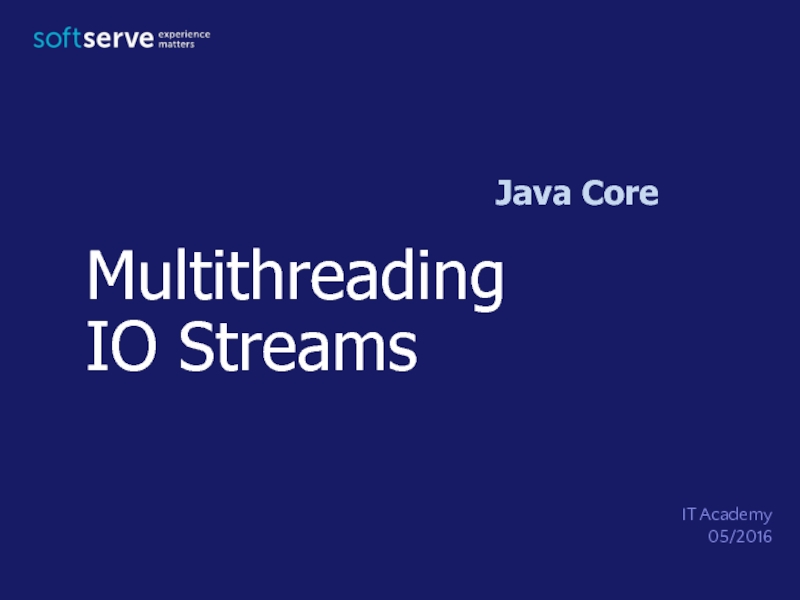
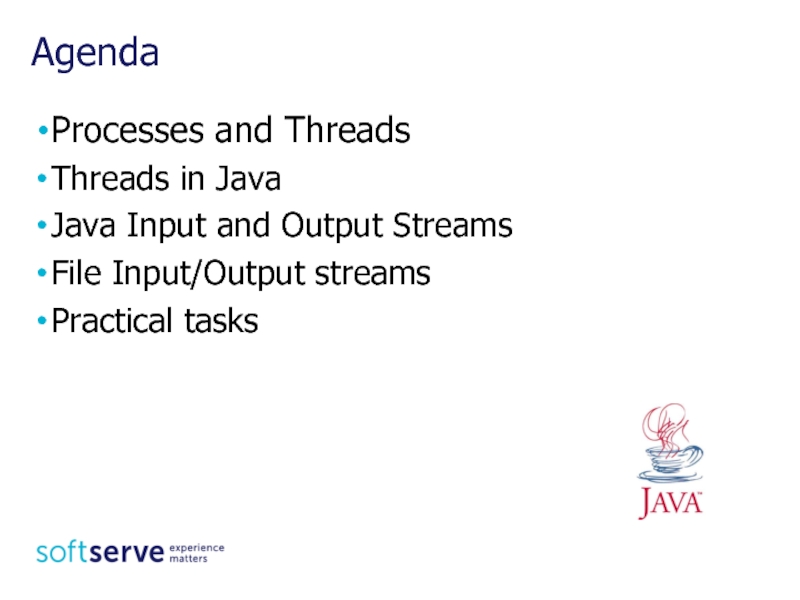
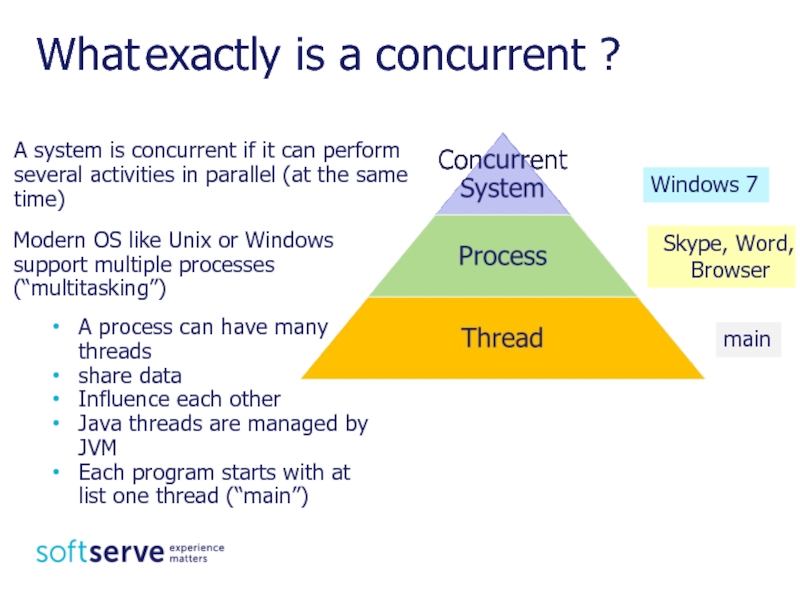
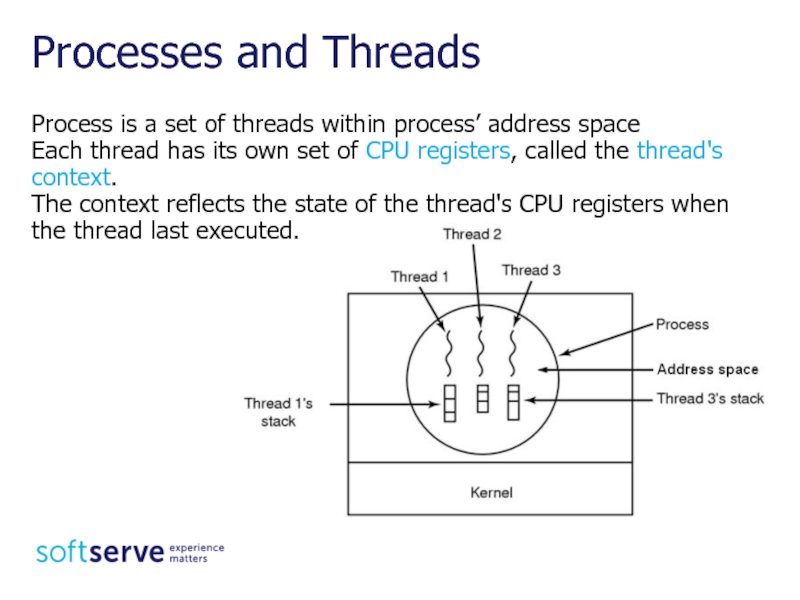
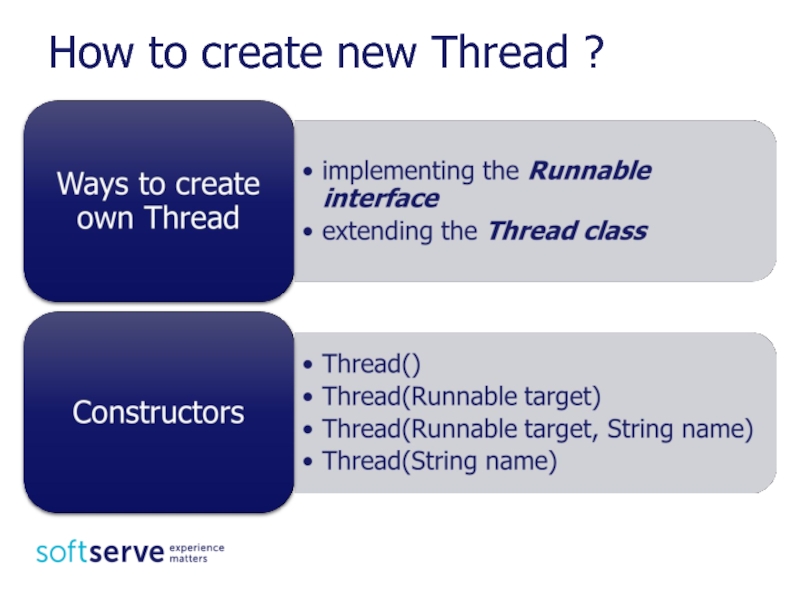
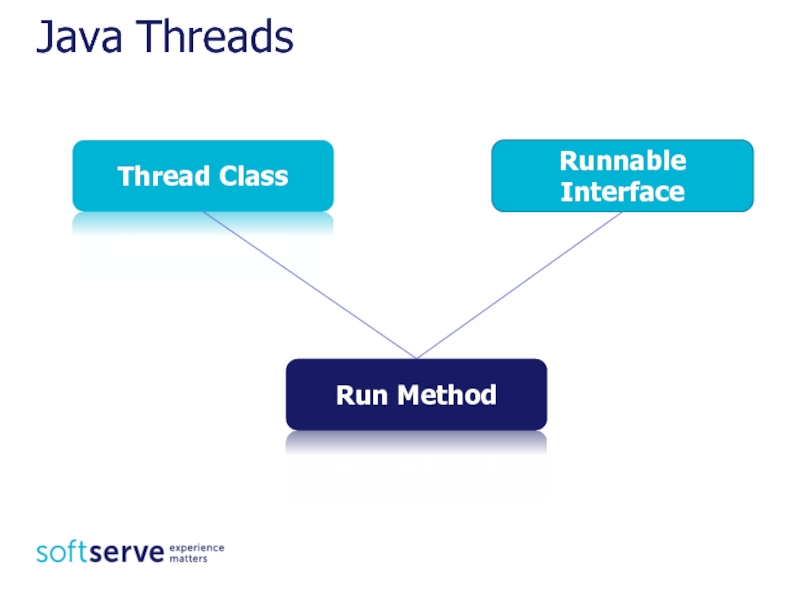
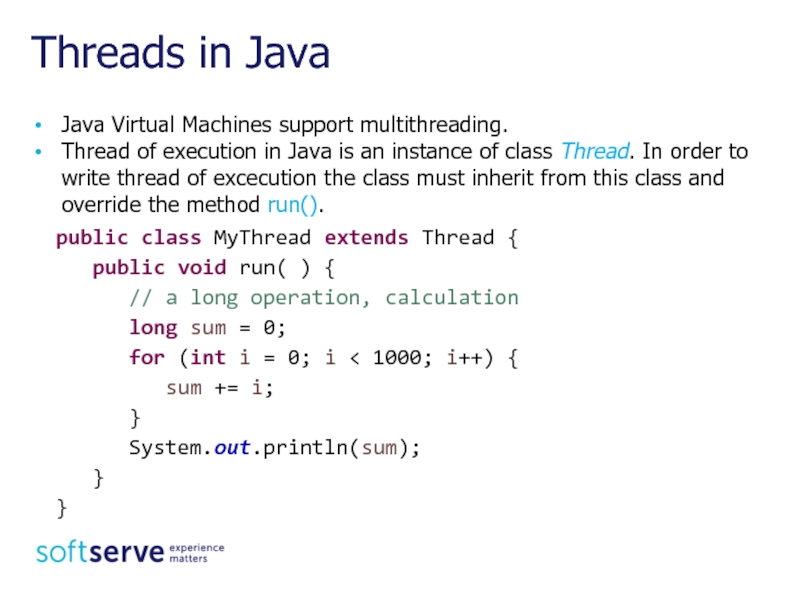
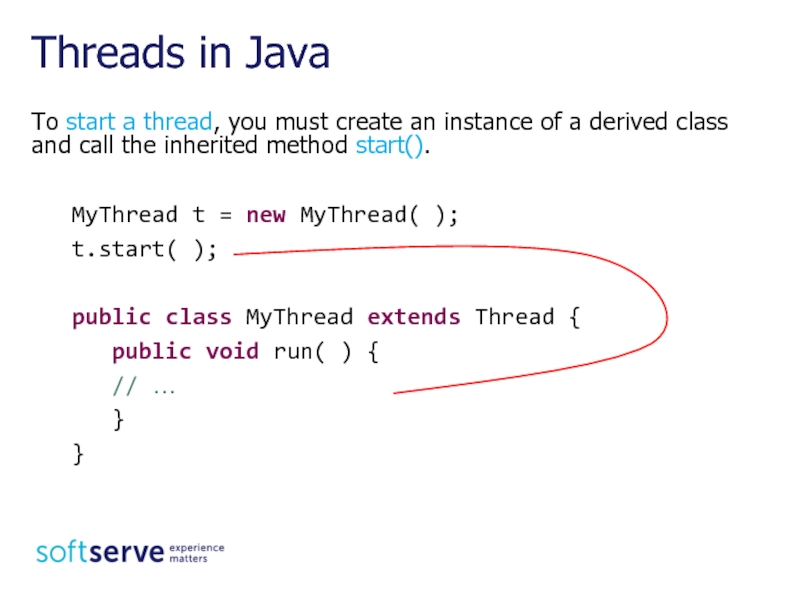
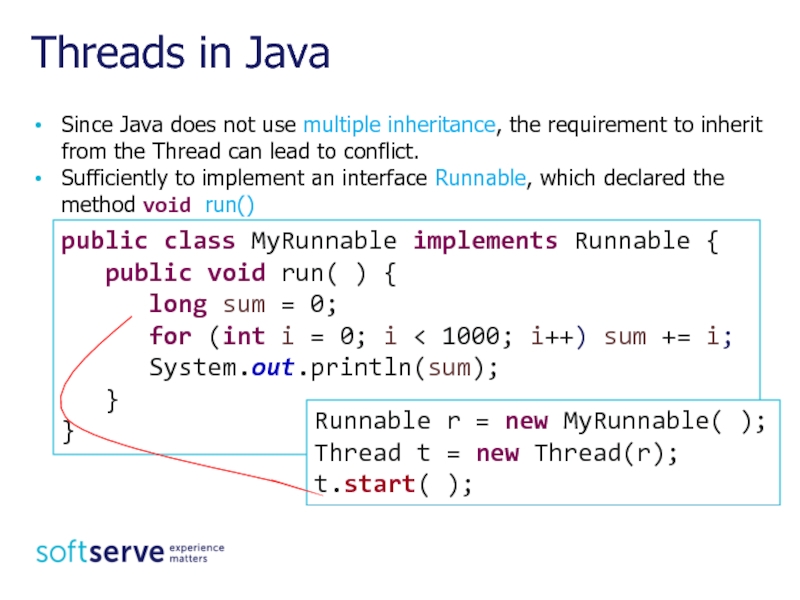
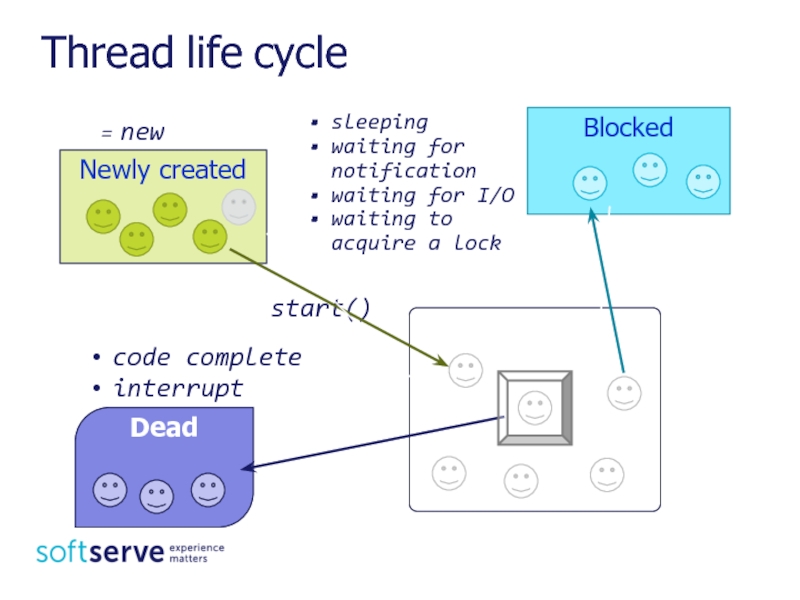
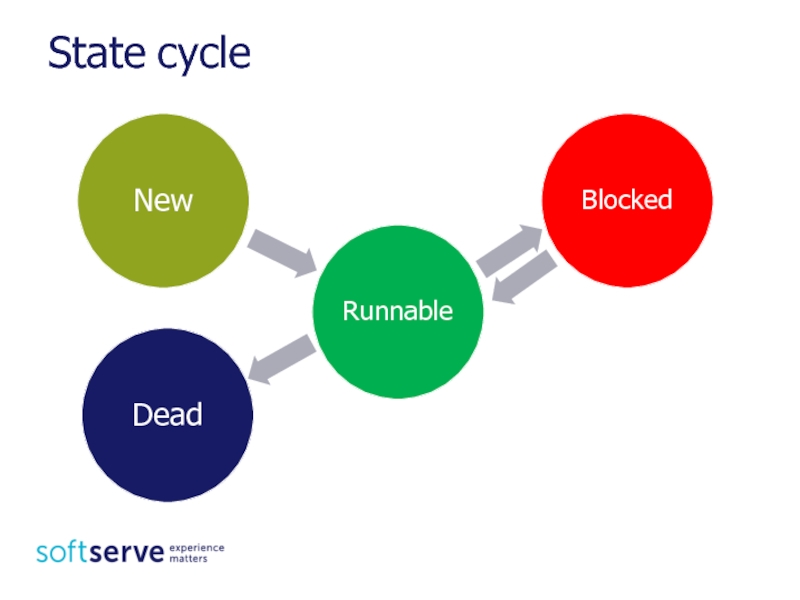
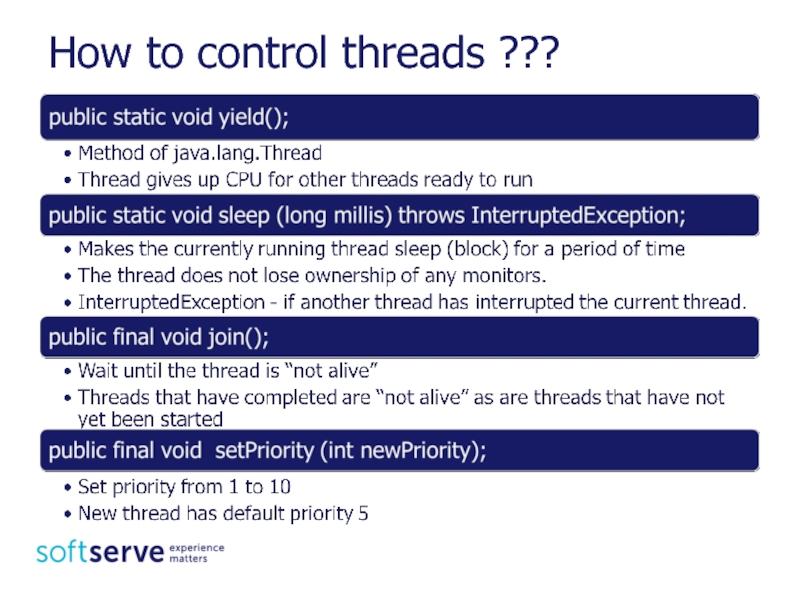
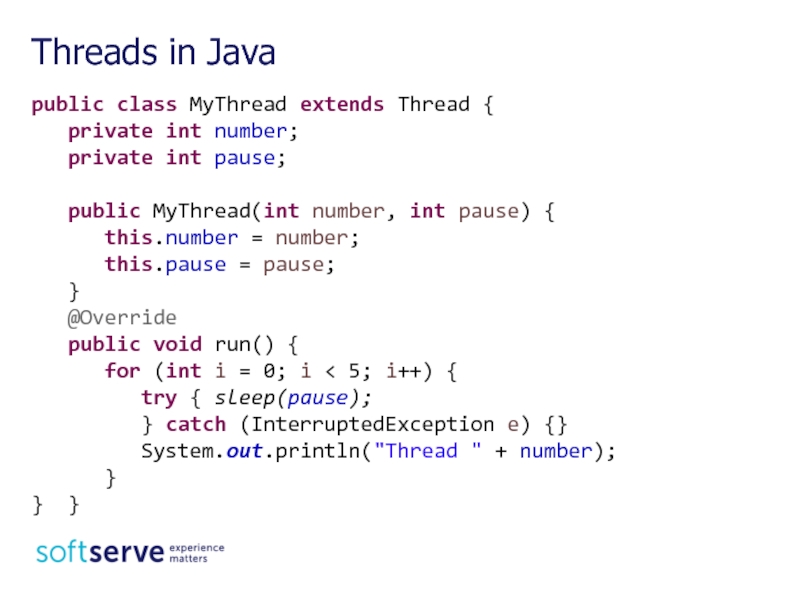
![Threads in Javapublic class Example { public static void main(String[] args) throws Exception {](/img/tmb/3/274411/eda51d451d047e2ab6f8227eae08631e-800x.jpg)
![Also we can change the procedure to start the stream. Thread t[ ] = new](/img/tmb/3/274411/da717a22243dbd204832deda4328401d-800x.jpg)
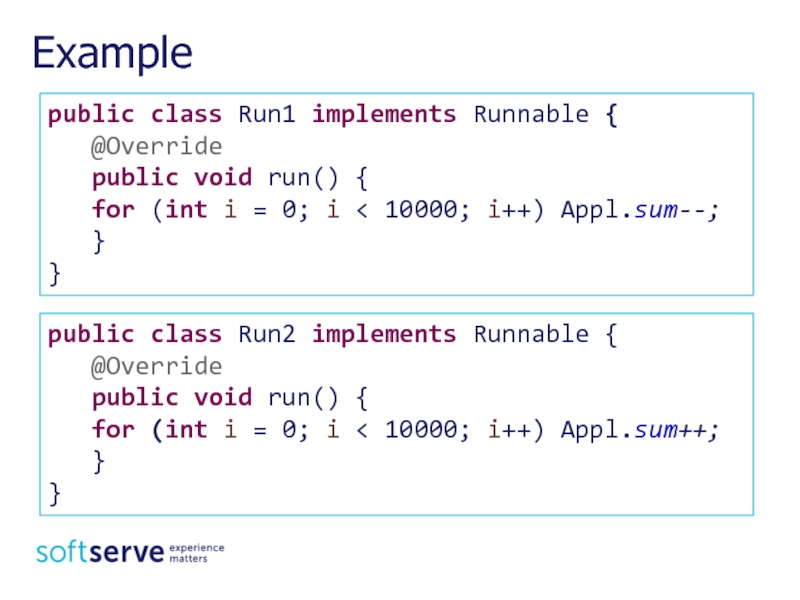
![public class Appl { public static int sum = 0; public static void main(String[ ]](/img/tmb/3/274411/e40857e2fa624e3e17e2ec980f9d3de1-800x.jpg)
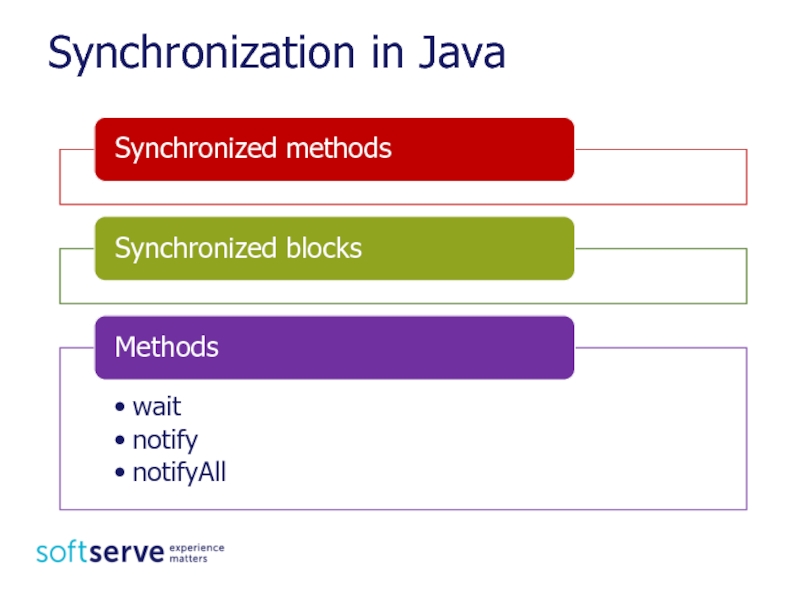
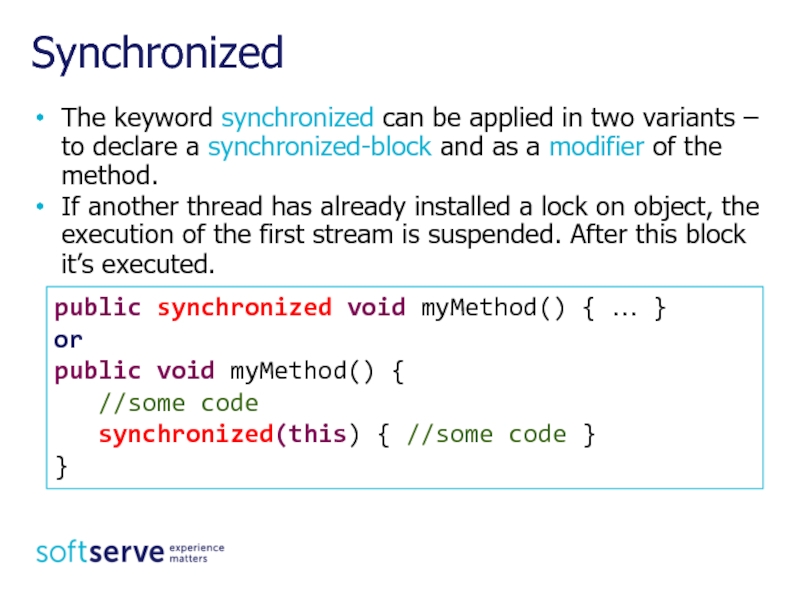
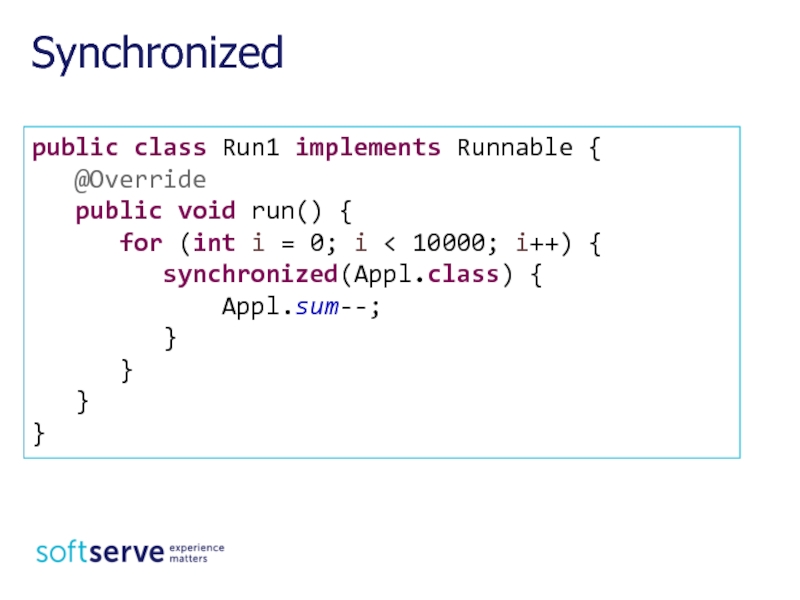
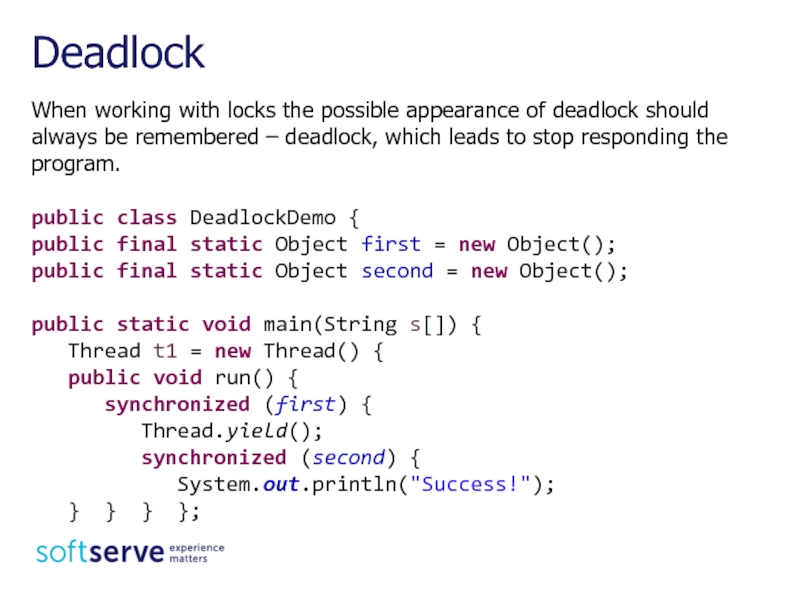
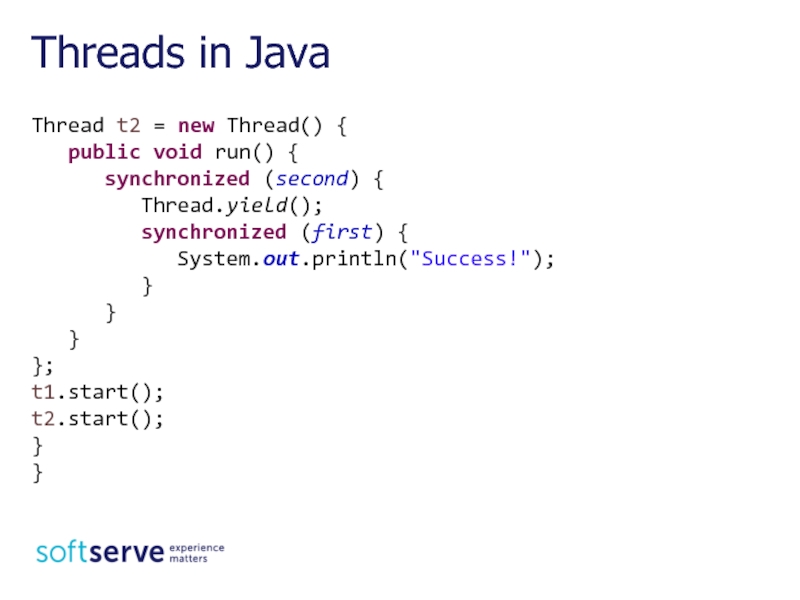
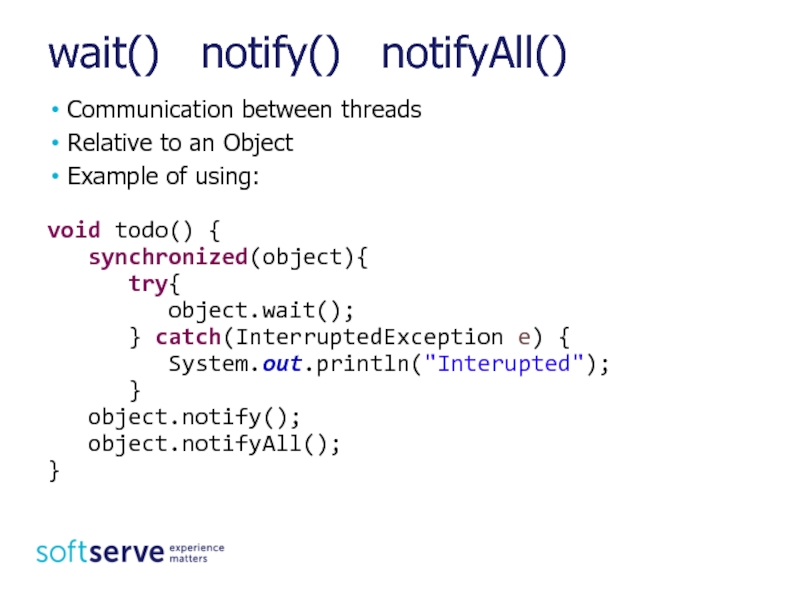
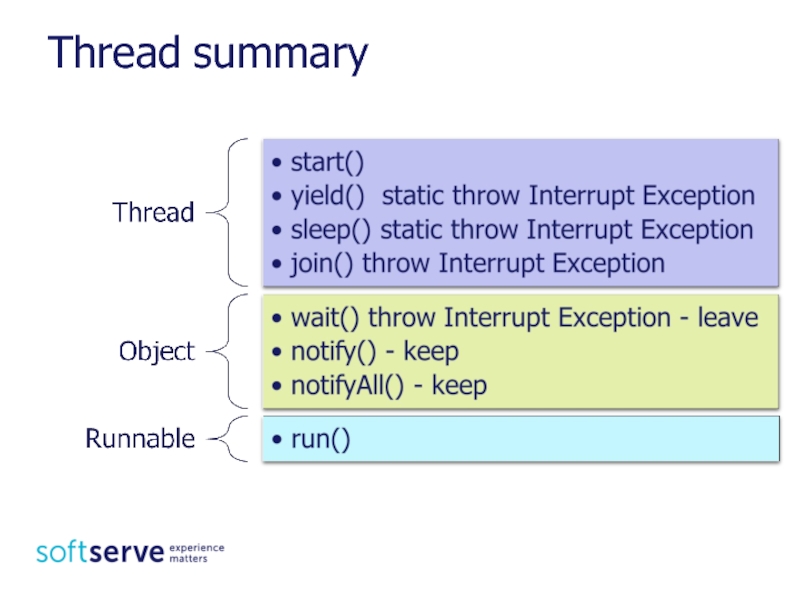
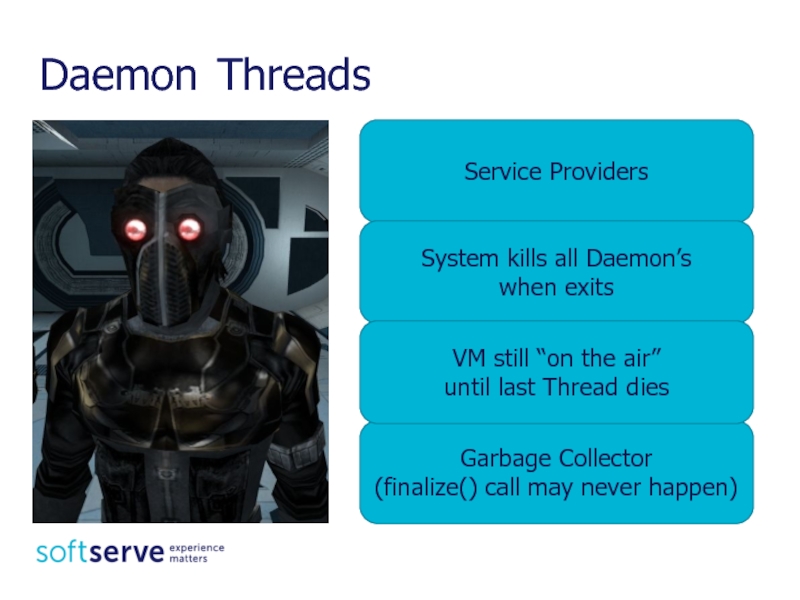
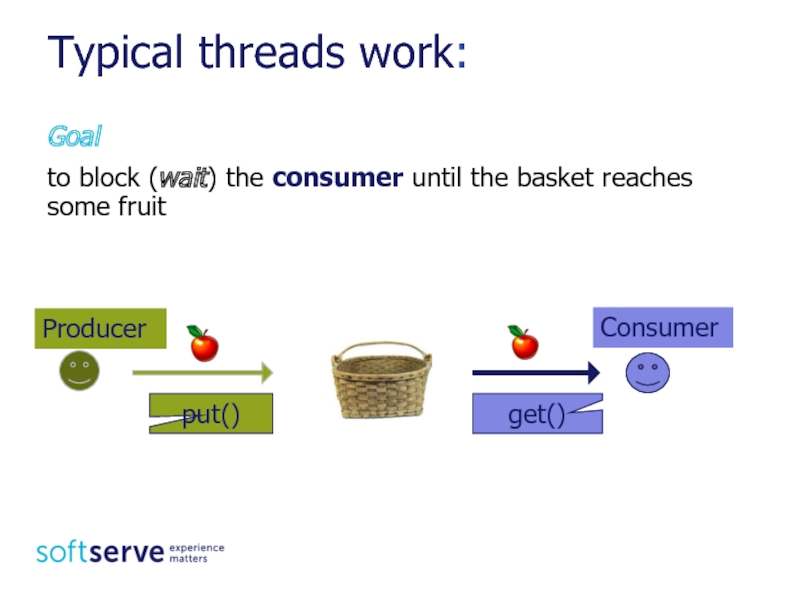
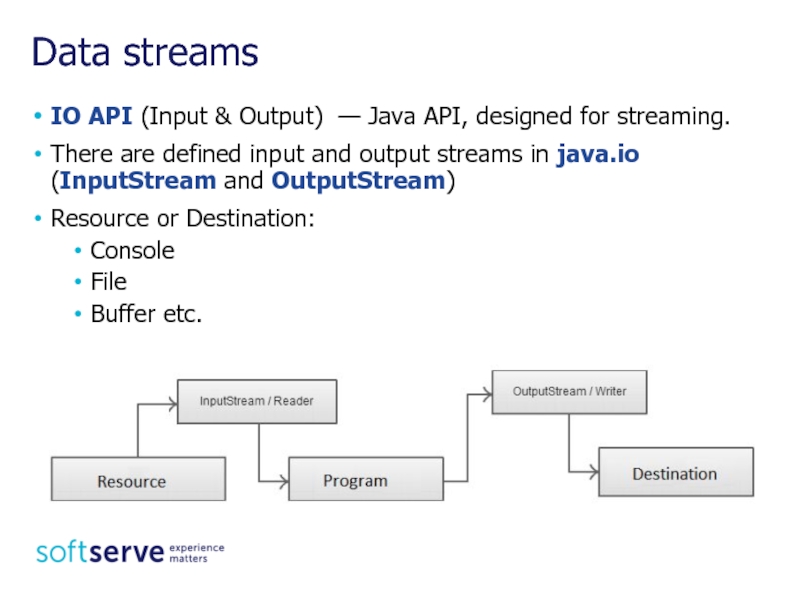
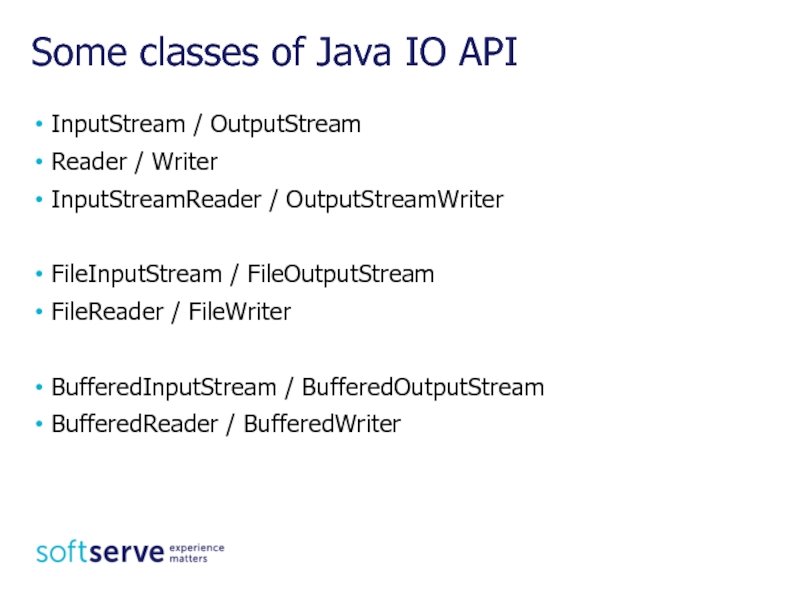
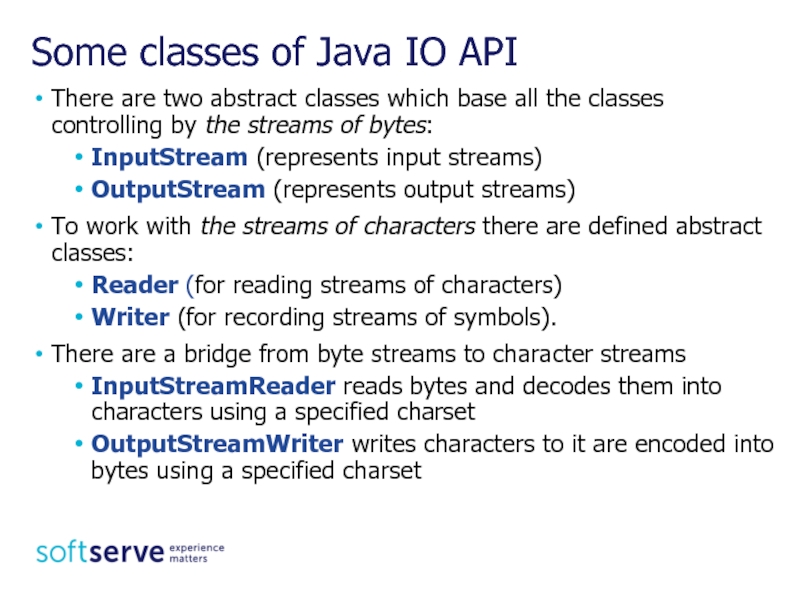
![public static void main(String[] args) { BufferedReader br = new BufferedReader( new InputStreamReader(System.in)); int x =](/img/tmb/3/274411/46d6436a7805e425c32371e883adade4-800x.jpg)
![import java.io.*;public class TestFile {public static void main(String[] args) {byte[] w = { 48, 49,](/img/tmb/3/274411/eb398d75229b12d7776b833d31c9b6e5-800x.jpg)
![import java.io.*;public class TestFileOutput {public static void main(String[] args) {byte[] r = new byte[10];String fileName](/img/tmb/3/274411/85183c5d5f44d819de7f84db331290dd-800x.jpg)
![import java.io.*;public class Test2 {public static void main(String[] args) {FileInputStream inFile1 = null;FileInputStream inFile2 =](/img/tmb/3/274411/4df857c24f9bd16bda1e0c44f921e53e-800x.jpg)
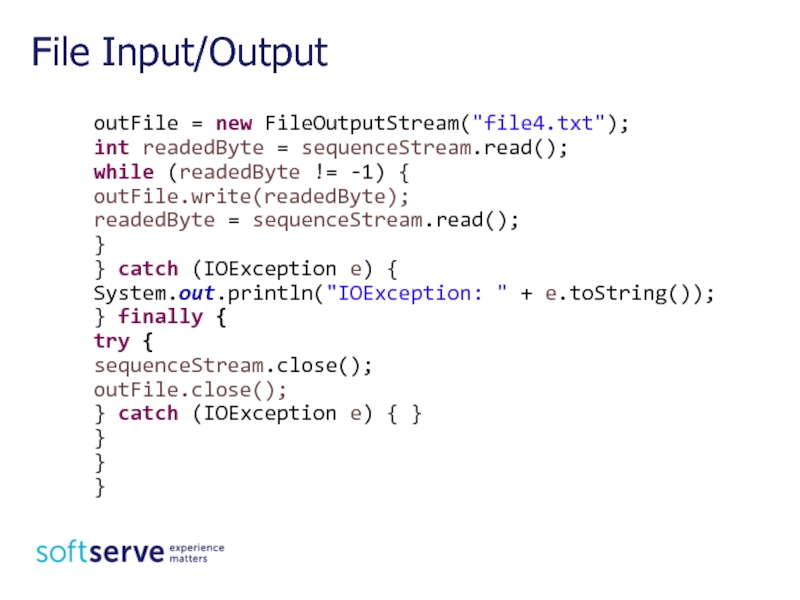
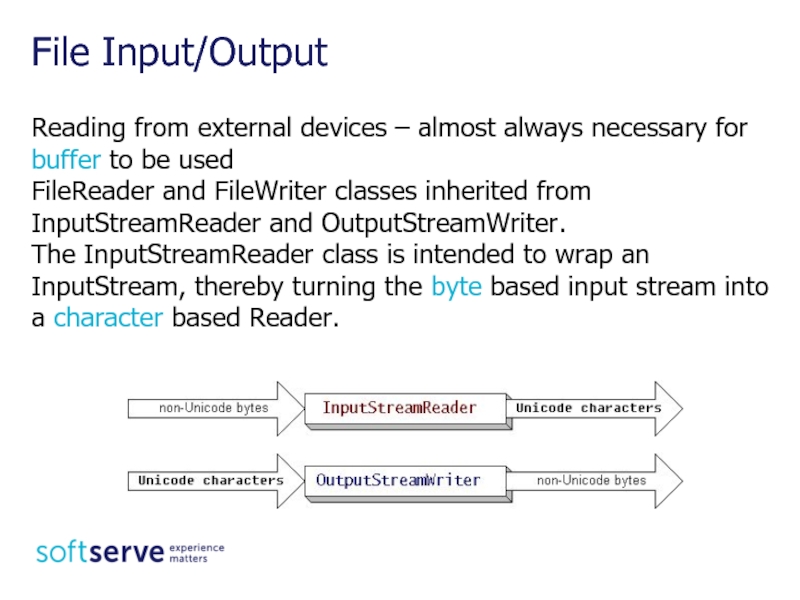
![public static void main(String[] args) {String fileName =](/img/tmb/3/274411/ec17dd3dce5dc54c9eaa4ca0c3ec7a3a-800x.jpg)
